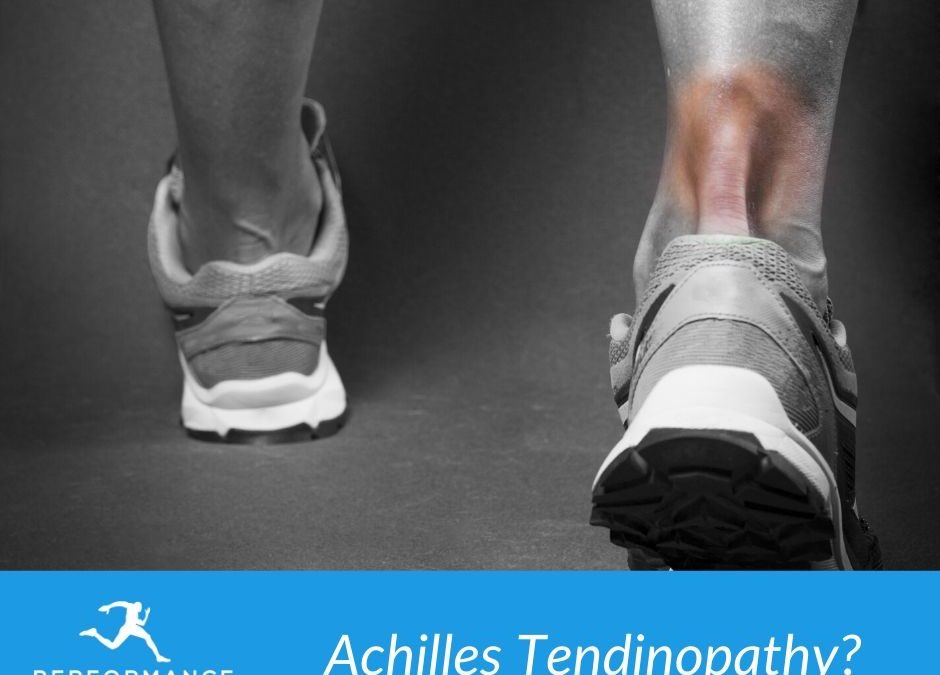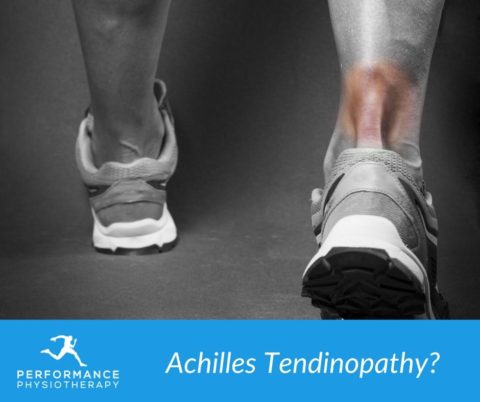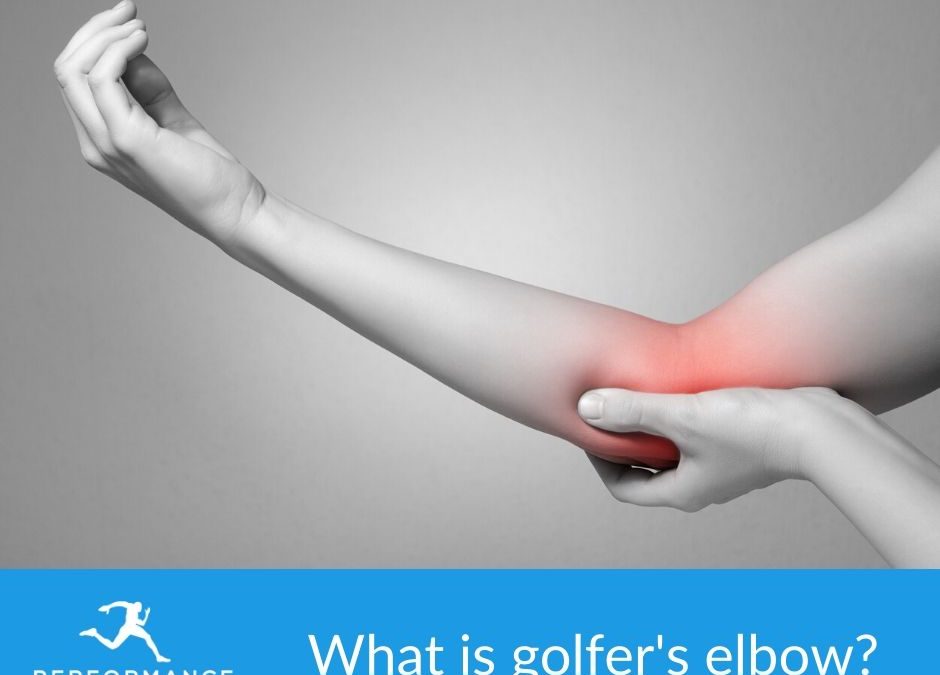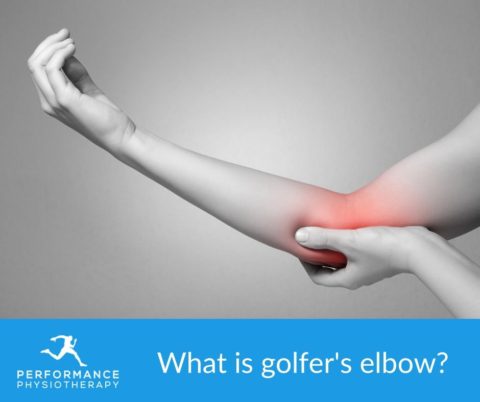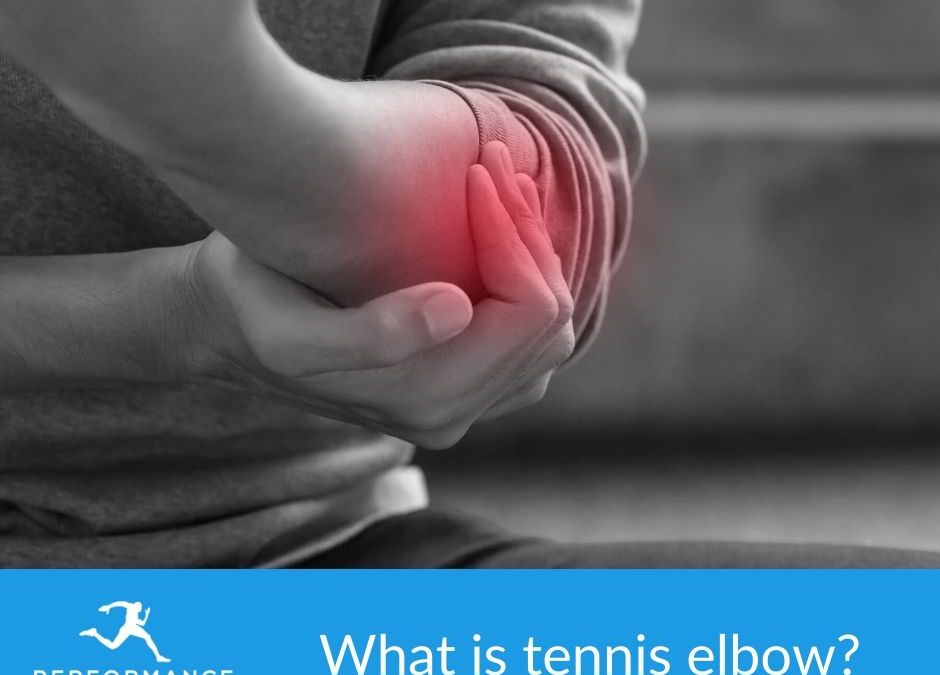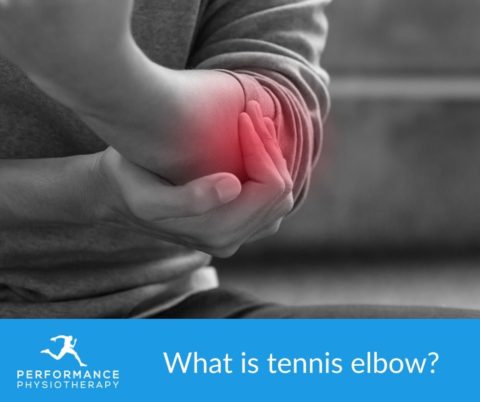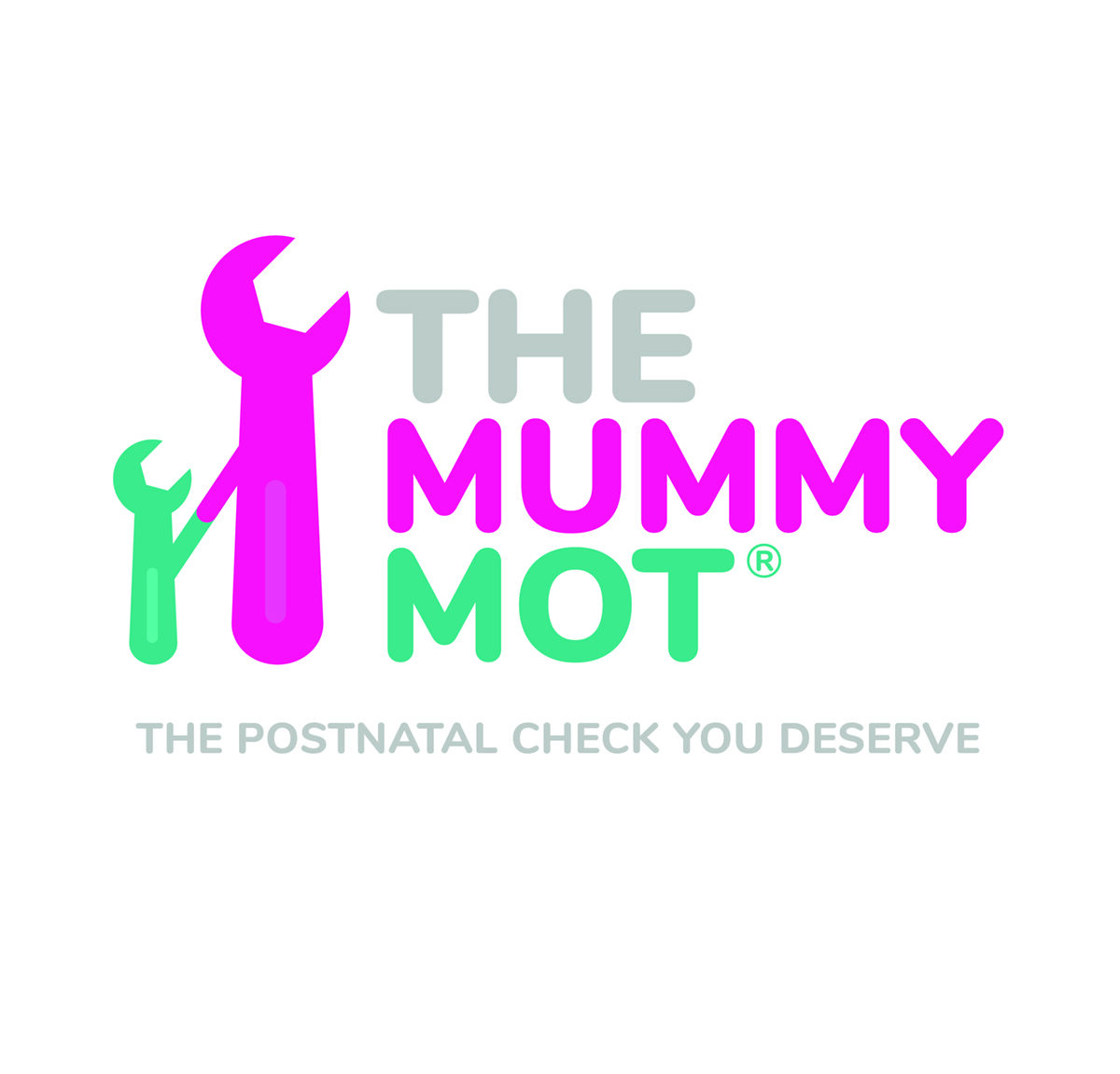What is Achilles Tendinopathy? 🤔
Your Achilles tendon (cord like structure) attaches your calf muscles to the heel of your foot. Achilles Tendinopathy is a condition that causes pain, sometimes swelling and a loss of function of the tendon. 😫
It used to be called Achilles Tendonitis, (itis – meaning inflammation) so you might know it as that, but then scientists thought there was little or no inflammation and we started calling it tendinopathy (pathy – meaning suffering) instead…. but very recent studies now suggest we cannot rule out inflammation! but they’re sticking with the name as I’m sure they don’t want to confuse us all again 😊
Like with other tendinopathies, overuse or incorrect use to the tendon causes little tears to appear which causes pain and discomfort. You might find that the pain starts at the beginning of use or exercise, slowly eases off whilst you are moving it, then may come back again when you are at rest. Achilles pain can be quite debilitating, and you might find that it starts to interfere with everyday life like walking to and from work or even moving around the house.
So, what can you do about it?
To manage things at the beginning, over the counter pain medication can help but be careful with longer use of Ibuprofen / Nurofen (NSAIDs) because they can sometimes hinder the tendons ability to heal.
Ice can also help with pain but make sure you wrap the ice so it doesn’t hurt your skin suggested use is for 10 mins.
Want to know what REALLY fixes Achilles tendinopathy if it’s hanging around?
Exercises that are specific to the tendon are the best and most evidence-based form of treatment for these problems, but they may often be hard to implement on your own.
Physio will help! Get in touch with us today if this is YOU or you no someone struggling with this, we’d love to help you.

